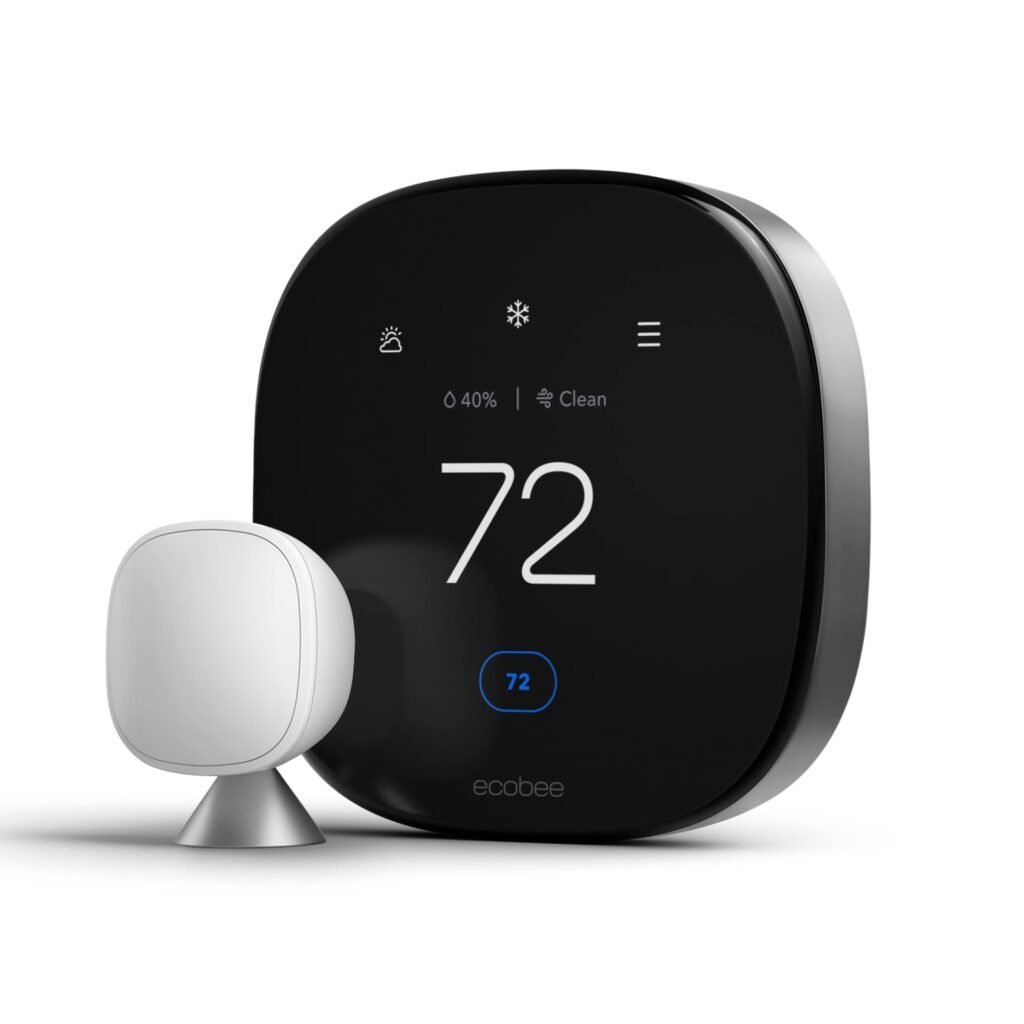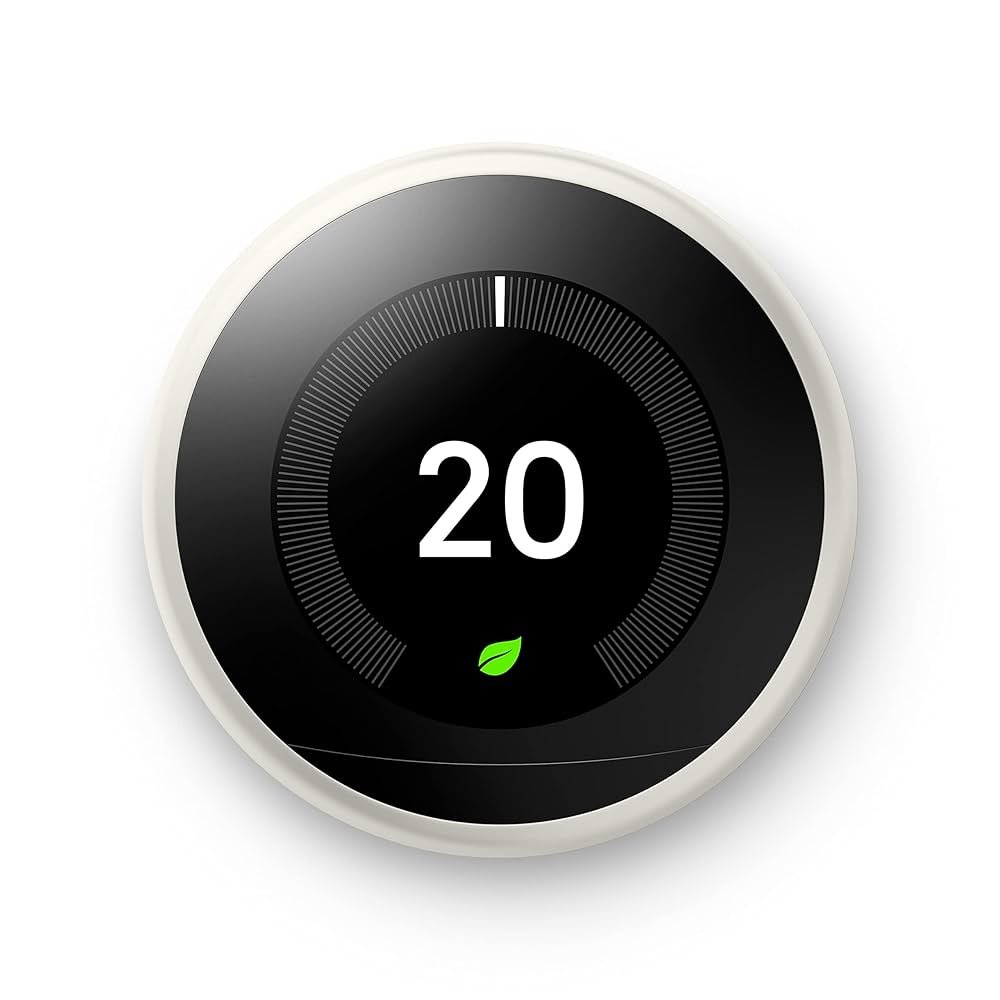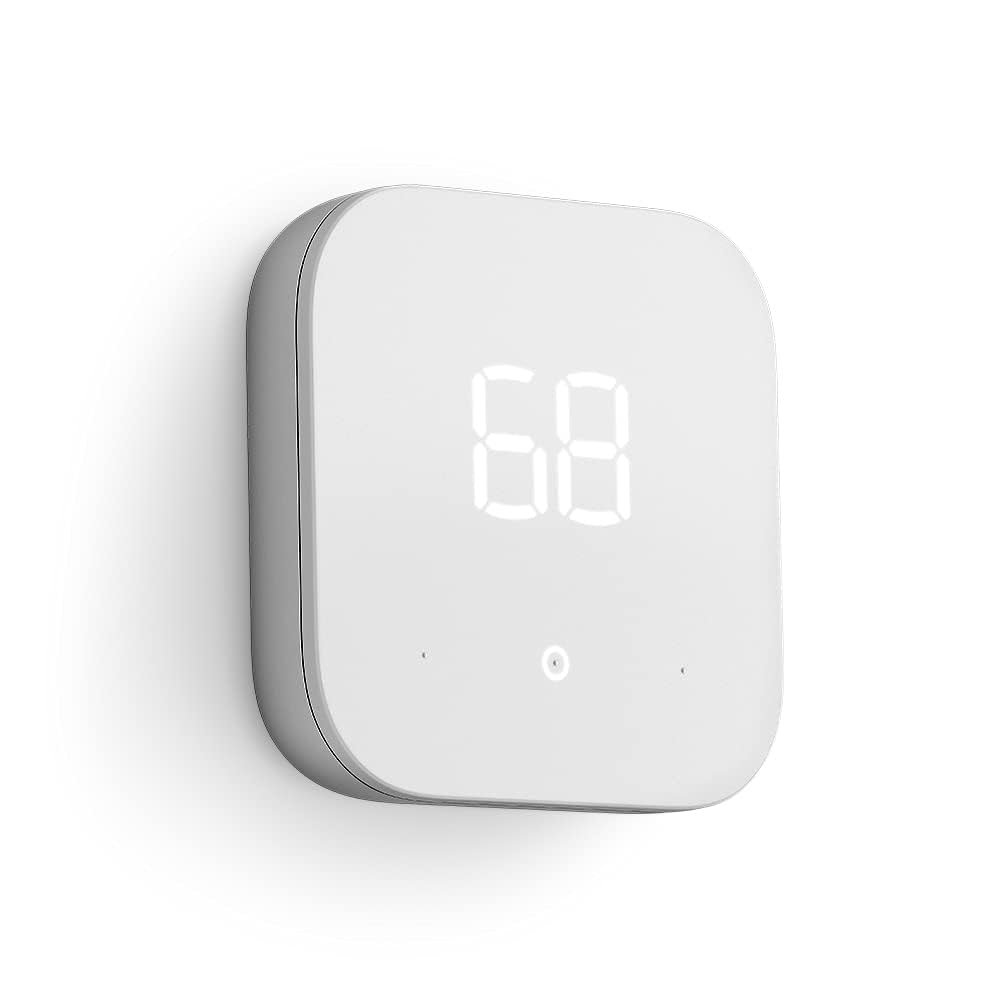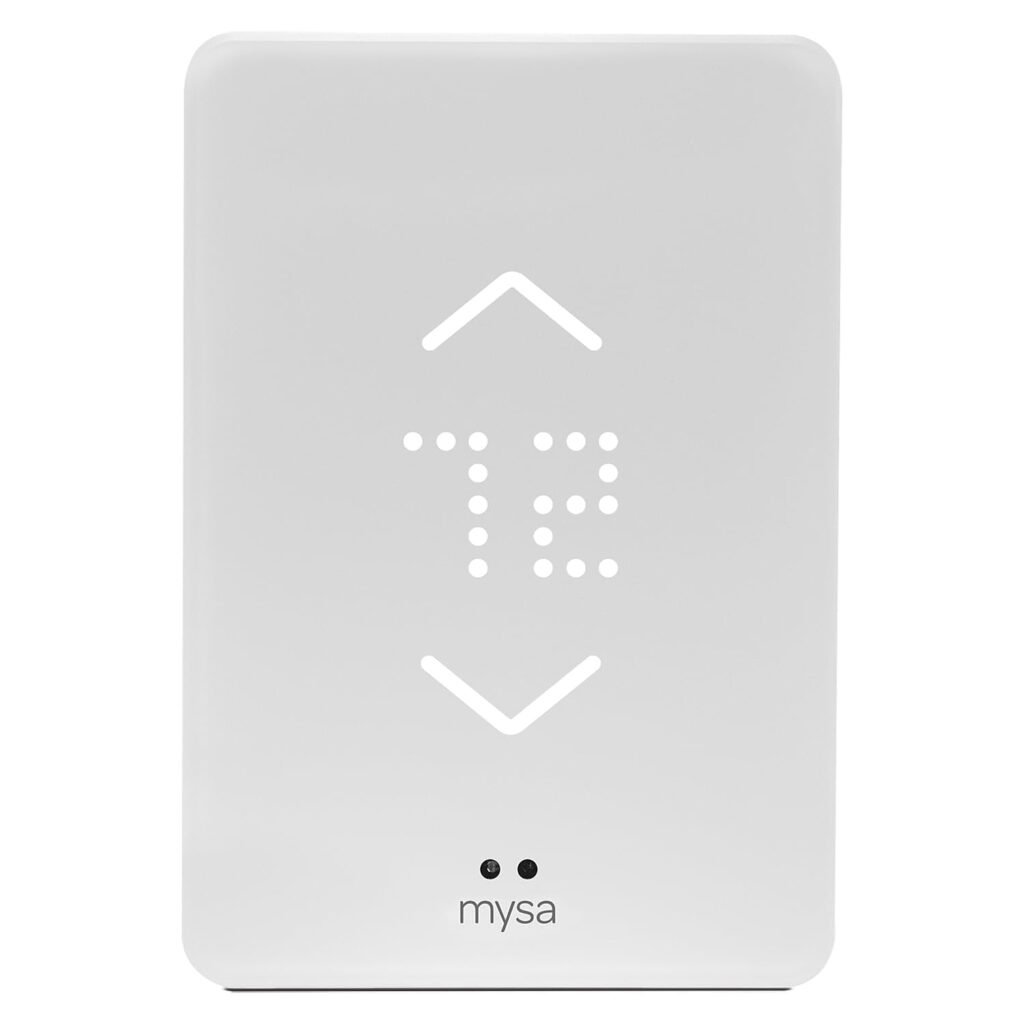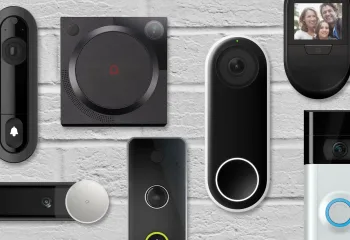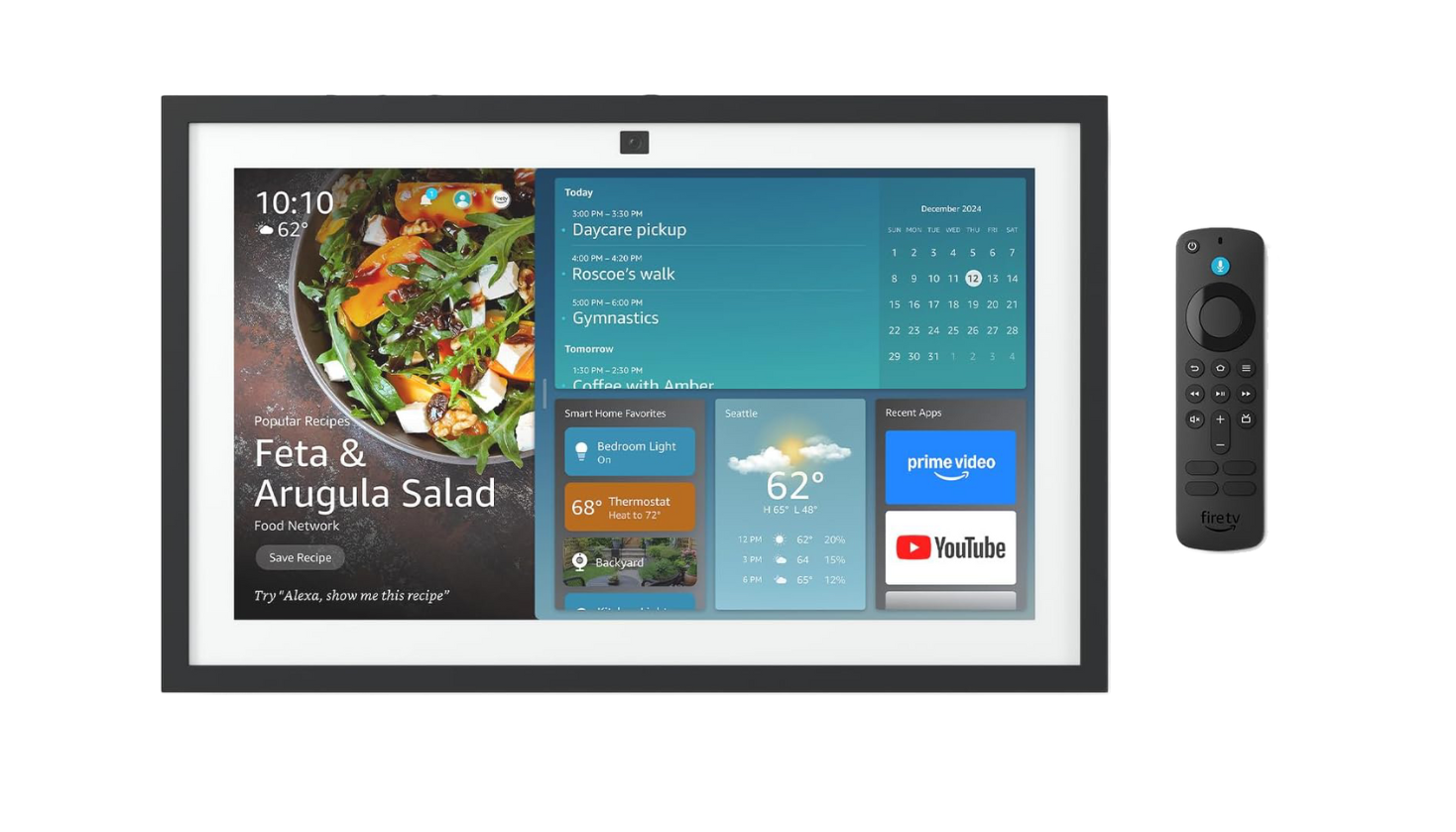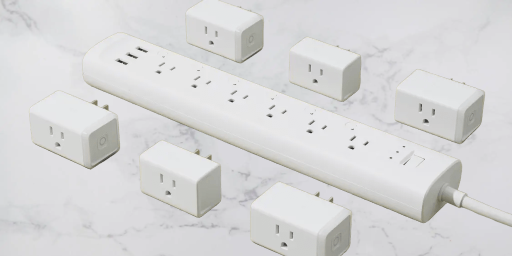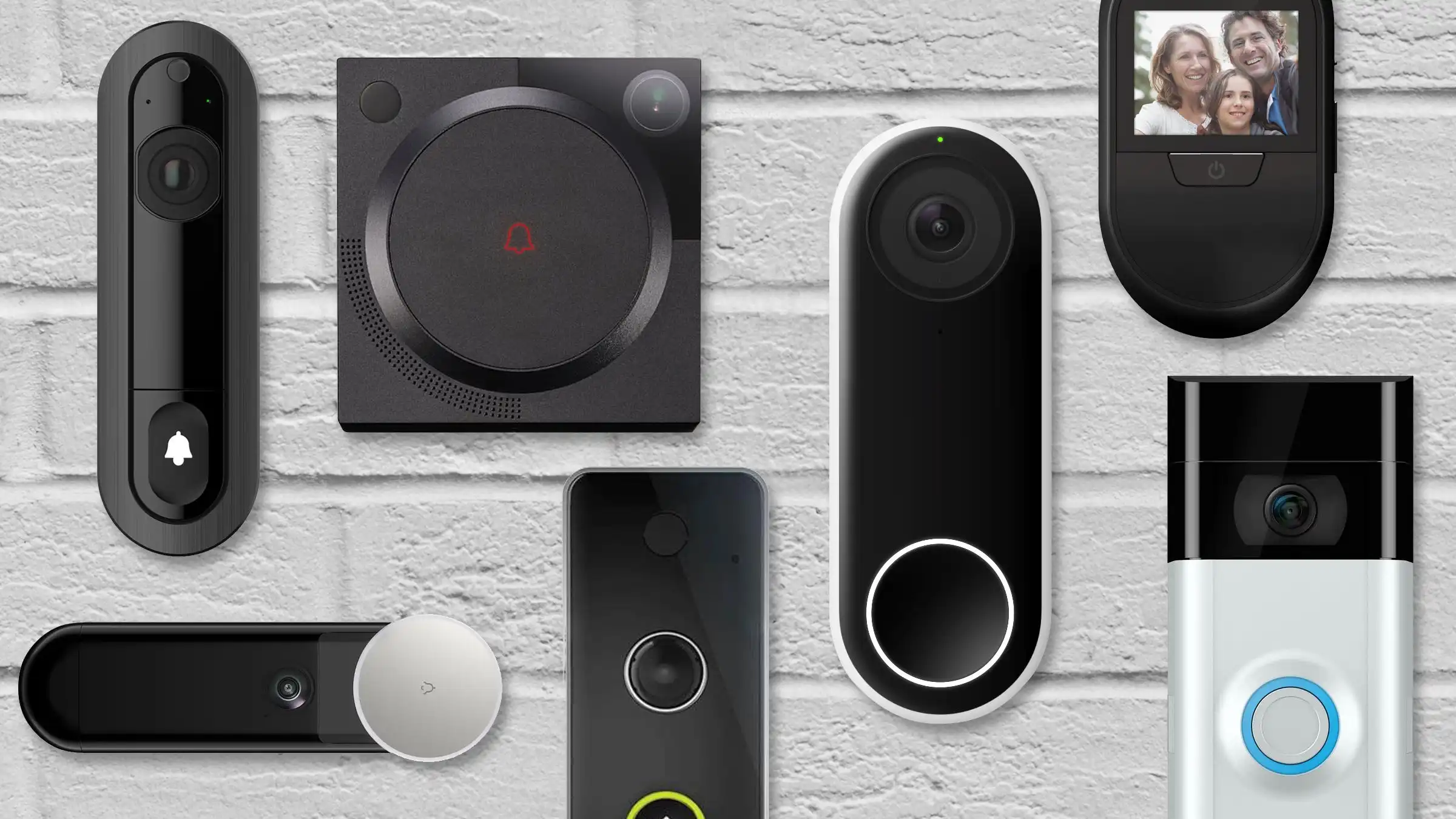Introduction
Looking to cut your energy bills while keeping your home comfortable? The best smart thermostats for energy savings can help you achieve both. These innovative devices optimize your home’s heating and cooling, potentially saving you up to 26% on annual energy costs, according to manufacturers like Ecobee. With features like geofencing, learning algorithms, and remote control, smart thermostats make energy efficiency effortless. In this guide, we’ll explore top models, their unique features, and how to choose the right one for your home in the United States. Whether you’re upgrading your HVAC system or seeking eco-friendly solutions, this post will help you make an informed decision. Let’s dive into the world of smart thermostats and start saving!
Why Smart Thermostats Are a Game-Changer for Energy Savings
Smart thermostats go beyond traditional programmable models by using advanced technology to optimize energy use. According to the U.S. Department of Energy, Energy Star-certified smart thermostats can save an average of 8% on heating and cooling costs, equating to about $50 annually for the average household. Some models, like the Nest Learning Thermostat, claim savings of up to 15% on cooling and 12% on heating.
How Smart Thermostats Save Energy
- Learning Algorithms: High-end models learn your schedule and adjust temperatures automatically.
- Geofencing: Uses your smartphone’s location to turn down heating or cooling when you’re away.
- Remote Sensors: Monitor temperatures in multiple rooms for precise control.
- Energy Reports: Provide insights into your usage, helping you make smarter decisions.
Environmental and Financial Benefits
By reducing energy consumption, smart thermostats lower your carbon footprint and utility bills. Many utility companies offer rebates, sometimes up to $200, making the switch even more cost-effective. Check with your local provider to see what incentives are available.
Top Smart Thermostats for Energy Savings in 2025
Here’s a breakdown of the best smart thermostats for energy savings, each with unique features to suit different needs and budgets.
Price: ~$250
Unique Selling Points:
- Includes a remote sensor for multi-room temperature control.
- Built-in air quality monitor and voice assistant (Alexa/Siri).
- Energy Star-certified, with up to 26% savings on energy bills.
Benefits: The Ecobee Premium stands out for its advanced features, like a four-day weather forecast display and Home Energy Reports that track usage. Its remote sensor ensures even temperatures across your home, ideal for larger houses. It’s compatible with most HVAC systems and smart home platforms, including Alexa, Google Assistant, and Apple HomeKit.
Best For: Homeowners seeking a feature-rich thermostat with multi-room control.
Price: ~$280
Unique Selling Points:
- AI-driven Smart Schedule adjusts temperatures based on your habits.
- Matter-compatible for seamless integration with Alexa, Google Home, and Apple HomeKit.
- Includes one remote sensor for balanced heating and cooling.
Benefits: The Nest Learning Thermostat uses AI to create customized schedules, potentially saving 10-12% on heating and 15% on cooling. Its sleek design and intuitive app make it a favorite for tech-savvy users. The Savings Finder feature suggests tweaks to maximize efficiency.
Best For: Those invested in Google Home ecosystems or wanting a stylish, AI-powered option.
Price: ~$80
Unique Selling Points:
- Affordable price point with Alexa integration.
- Energy Star-certified with up to 8% annual savings.
- Simple design with energy usage insights via the Alexa app.
Benefits: This budget-friendly option is perfect for Alexa users. It lacks advanced features like remote sensors but offers geofencing and Alexa “hunches” to optimize settings. Pair it with an Echo Dot for room-specific temperature sensing.
Best For: Budget-conscious homeowners with Alexa-enabled smart homes.vvvv
Price: ~$150
Unique Selling Points:
- Supports up to 20 remote sensors for precise room-by-room control.
- Geofencing and smart scheduling for energy efficiency.
- Compatible with Alexa, Google Assistant, and Apple HomeKit.
Benefits: The T9 excels in homes with uneven temperatures, thanks to its robust sensor system. It provides detailed energy reports and is easy to install, even for DIYers. Its auto mode allows you to set a temperature range for maximum comfort and savings.
Best For: Homes needing targeted temperature control in multiple rooms.
Price: ~$150
Unique Selling Points:
- Designed for electric baseboard heating systems.
- Eco mode subtly adjusts temperatures for up to 26% savings.
- Geofencing and scheduling for energy-efficient operation.
Benefits: The Mysa is a rare find for homes with electric baseboard heating. It’s Energy Star-certified and integrates with Alexa, Google Assistant, and Apple HomeKit. Its sleek design and app-based controls make it user-friendly.
Best For: Homes with electric heating systems seeking smart control.
Comparison Table: Best Smart Thermostats for Energy Savings
| Model | Price | Energy Savings | Key Features | Best For |
|---|---|---|---|---|
| Ecobee Smart Thermostat Premium | $250 | Up to 26% | Remote sensor, air quality monitor | Feature-rich, multi-room control |
| Google Nest Learning (4th Gen) | $280 | 10-15% | AI scheduling, Matter compatibility | Google Home users, stylish design |
| Amazon Smart Thermostat | $80 | Up to 8% | Alexa integration, budget-friendly | Budget-conscious, Alexa users |
| Honeywell Home T9 | $150 | Up to 15% | Multi-sensor support, geofencing | Homes with uneven temperatures |
| Mysa Smart Thermostat (v2) | $150 | Up to 26% | Electric baseboard control, Eco mode | Electric heating systems |
Note: Savings estimates are based on manufacturer claims and Energy Star data. Actual savings depend on climate, home insulation, and usage patterns.
How to Choose the Best Smart Thermostat for Your Home
Selecting the right smart thermostat involves more than just price. Here are key factors to consider:
1. HVAC System Compatibility
Not all thermostats work with every HVAC system. For example, the Mysa is tailored for electric baseboard heating, while others like Ecobee and Nest support multi-stage systems. Check your HVAC manufacturer’s website for compatibility details.
2. Smart Home Integration
Ensure the thermostat integrates with your smart home ecosystem (e.g., Alexa, Google Assistant, or Apple HomeKit). The Nest Learning Thermostat’s Matter compatibility makes it versatile for mixed ecosystems.
3. Budget and Features
Higher-priced models like Ecobee Premium offer advanced features like air quality monitoring, while budget options like the Amazon Smart Thermostat provide basic smart functionality. Decide which features matter most to you.
4. Installation Requirements
Most smart thermostats are DIY-friendly but may require a C-wire for power. If your home lacks one, consider models with battery options or purchase a power adapter kit. For complex systems, professional installation is recommended.
5. Energy-Saving Features
Look for geofencing, learning algorithms, and remote sensors to maximize savings. Models with energy reports, like Ecobee and Honeywell, help you track and optimize usage.
Pro Tip: Check for utility rebates through Energy Star or your local provider to offset costs.
Practical Tips for Maximizing Energy Savings
To get the most out of your smart thermostat, follow these actionable tips:
- Set Up Geofencing: Enable location-based settings to reduce energy use when you’re away.
- Create a Schedule: Program lower temperatures during sleep or work hours. The U.S. Department of Energy suggests 78°F when home, 82°F when asleep, and 85°F when away for optimal savings.
- Use Remote Sensors: Place sensors in frequently used rooms to balance temperatures.
- Review Energy Reports: Analyze usage data to identify patterns and adjust settings.
- Winterize Your Home: Combine your thermostat with proper insulation and sealing to enhance efficiency. Learn more in our guide to winterizing your home.
Current Trends and Statistics
In 2025, smart thermostats are a cornerstone of home energy management, with the market projected to grow to $11.36 billion by 2028, according to Statista. Adoption is driven by rising energy costs, with 78% of U.S. adults concerned about utility bills, per a CNET survey. Energy Star reports that certified models save at least 8% annually, while advanced features like remote sensors and AI scheduling can push savings higher. As homes electrify, smart thermostats are increasingly paired with solar and battery systems for maximum efficiency.
Conclusion
Investing in one of the best smart thermostats for energy savings is a smart move for U.S. homeowners looking to cut costs and reduce their environmental impact. From the feature-packed Ecobee Smart Thermostat Premium to the budget-friendly Amazon Smart Thermostat, there’s an option for every home and budget. By choosing a model with geofencing, learning algorithms, and remote sensors, you can save up to 26% on energy bills while enjoying a comfortable home. Ready to start saving? Check your HVAC compatibility, explore utility rebates, and pick a thermostat that fits your smart home setup. Visit our smart home guide for more tips, and share your energy-saving journey in the comments below!
FAQ: Common Questions About Smart Thermostats
What is the best smart thermostat for energy savings?
The Ecobee Smart Thermostat Premium is a top choice due to its remote sensors, air quality monitoring, and up to 26% energy savings.
How much can I save with a smart thermostat?
On average, Energy Star-certified smart thermostats save 8% on heating and cooling costs, about $50 per year, with some models claiming up to 26%.
Are smart thermostats easy to install?
Most are DIY-friendly, but you may need a C-wire or professional help for older homes. Always check compatibility with your HVAC system.
Do smart thermostats work with Alexa or Google Assistant?
Yes, top models like Ecobee, Nest, and Honeywell T9 are compatible with Alexa, Google Assistant, and Apple HomeKit.
Can smart thermostats reduce my carbon footprint?
Absolutely! By optimizing energy use, they reduce emissions from fossil fuel power plants, supporting a greener home.


